Over the years, water-resistance in phones has gone from being a luxury reserved only for top-end phones to a standard feature that's expected of any even remotely expensive gadget. In 2020, you really can't go wrong with any of these waterproof phones, like the excellent Galaxy S20+.
Best Overall: Samsung Galaxy S20+
The Galaxy S20+ is our pick for the overall best Android phone, and it of course offers IP68 water resistance. The S20+ makes improvements across the board over the S10+, with a bigger display that has a super-smooth 120Hz refresh rate, a larger 4,500mAh battery, more RAM, and a new Snapdragon 865 processor. It's also 5G capable, which is a great bit of future proofing.
The big move up this year is in the cameras, with a new array front and back. The sensors are all larger, which let in more light and take much better low-light shots. It's not on the level of the Pixel 4 XL, but it's not far off and the camera setup is no longer a shortcoming of this flagship. You also get solid zooming up to 5X, plus an ultra-wide for even more shot variety.
It has a few downsides, like the lack of a headphone jack and a slow fingerprint sensor, but considering what you get, this is still our top pick.
Pros:
- Best-in-class display
- IP68 water resistance
- Good battery life
- Exceptional performance
- Solid all-around cameras
- 5G enabled
Cons:
- Expensive for 128GB of storage
- Camera zoom much weaker than S20 Ultra
- Slow fingerprint sensor
- No headphone jack
Best Overall
Samsung Galaxy S20+
Samsung's excellent all-rounder has wide appeal
The S20+ has a great screen, top-end specs, a strong array of cameras, and feature-filled software. It's expensive, but worth it.
Best Camera: Google Pixel 4 XL
The Pixel 4 XL represents the very best of Google's software. The hardware is no slouch either; that IP68-rated exterior holds similar muscle to other high-end flagships, with a Snapdragon 855 chipset and 6GB of RAM.
You also get stereo speakers and a great 90Hz display, and of course, the Pixel 4 XL has one of the best cameras on any phone you can buy. Night Sight allows the Pixel 4 XL to capture stunning photos even in near-pitch black conditions, and in daylight, you can grab great photos in any situation.
The biggest downside of the Pixel 4 XL is its battery life, which doesn't stand up to the competition and is far behind the Galaxy S10+.
Pros:
- Super-smooth 90Hz display
- IP68 water resistance
- Simple, useful and fast software
- Top-end camera quality back and front
- Nice-looking and feeling hardware
Cons:
- Incredibly weak battery life
- Motion Sense has little real-world use
- Low RAM and storage for the money
Best Camera
Google Pixel 4 XL
$650 at Amazon $899 at Walmart
The best camera you can get in a smartphone today
The Pixel 4 XL has excellent hardware and the best camera, but it's let down by poor battery life and weak specs for the money.
Best Battery Life: Samsung Galaxy S20 Ultra
The Galaxy S20 Ultra takes a step above the more mainstream (and highly recommended) Galaxy S20+. It has all of the same specs and features, yes including its water resistance rating, but with an even larger display — up to 6.9 inches now — and correspondingly larger 5,000mAh battery. When you keep the phone in 60Hz display refresh mode, it has incredible battery life; you'll never have to worry about longevity on this phone.
The Ultra also uses that extra space (and higher price) to give you better cameras, with a 108MP main shooter that takes even brighter photos, and a telephoto camera that can reach out and get great shots up to 10X (and even decent shots at 15X). The trade-offs for this extra capability, and battery life, are overall size and price. The S20 Ultra is huge, and almost 20% heavier than the S20+. It's also more expensive, even though it's mostly the same in day-to-day use.
Pros:
- Massive high-quality screen
- IP68 water resistance
- Huge battery
- Super-sharp main camera shots
- Solid zoom camera up to 15X
Cons:
- Great battery limited to 60Hz mode
- Necessarily big and heavy
- Slow fingerprint sensor
- No headphone jack
- 30X+ zoom is a gimmick
Best Battery Life
Samsung Galaxy S20 Ultra
Samsung goes all-out
Take the S20+ and turn it up a notch — all of the same features, but with an even bigger screen and battery, plus improved cameras.
Best for Less: LG G8
LG's flagships have struggled to compete toe-to-toe with Samsung's, and that has led to considerable price cuts that make them incredibly affordable. The G8 is LG's 2019 flagship, and even though it's a year old now it's much cheaper than other year-old flagships but has the same core specs and features.
The G8 has solid hardware that's IP68 resistant just like today's phones, with a good display and great hardware features like a headphone jack, microSD card slot, along with fast and wireless charging. This really does feel like a high-end phone, even today, and in many ways blows away new phones that launch at this price.
The downsides are typical for LG, primarily in that the software feels dated, and you can't expect frequent or fast software updates going forward. The cameras also didn't stand up to the 2019 competition, so they feel more dated now — though you can actually forgive them more considering today's much lower price.
Pros:
- Solid, attractive hardware
- IP68 water resistance
- Excellent call quality
- Above-average display
- Headphone jack and SD card slot
- Decent battery life
Cons:
- Software feels dated, cumbersome and unpolished
- Cameras don't compete with 2019 cohort
- Air Motion is a solution in search of a problem
- LG's software update history is highly questionable
Best for Less
LG G8
Deep price cuts make the G8 attractive a year on
When you require waterproofing but have a lower budget, it's time to look at last year's phones. The G8 fits the bill.
Best One-Handed Phone: Samsung Galaxy S10e
Samsung's new Galaxy S20 is quite a bit larger than its last-generation small flagship, the Galaxy S10e, so if you want to focus on keeping a compact size this is still your go-to. The S10e is still worth looking at, though, with price cuts making it rather appealing. It still has solid specs, although they're from last year, a great display and high-quality hardware. Of course, it's IP68 waterproof, too.
With a smaller 3,100mAh battery, you won't get the same great endurance as the newer larger phones. Its cameras also feel particularly old as the S20 series made big leaps in quality. However, in just about every other right, you're getting a solid flagship experience — again, befitting the price and size.
Pros:
- Compact size that's great for one-handed use
- IP68 water resistance
- Excellent build quality
- Good performance
- Latest Samsung software
- Side-mounted fingerprint sensor
Cons:
- Lackluster battery life
- No telephoto camera
- Last-generation specs
Best One-Handed Phone
Samsung Galaxy S10e
The best phone, shrunken down into a one-handed device.
The S10e is near-identical to the S10+, but easier to use in one hand. If you don't mind reduced battery life, it's fantastic.
Bottom line
When waterproofing is a requirement in your next phone, you're in luck: most of the best Android phones available today have at least IP68 resistance. That means our top pick for a waterproof phone is the same as our general best pick, the Galaxy S20+.
The S20+ has excellent hardware, the best screen you can get today, and high-end specs across the board — and of course, it's water and dust resitant. Samsung took a big step up with the cameras on the Galaxy S20+, with improved low-light performance and better zoom taking great shots even at 5X. And with One UI 2 software, you're getting the latest and greatest in features.
What do these ratings mean?
While no phone is truly waterproof, there are varying levels of water resistance to keep in mind when comparing different phones. Every model in this list is rated IP68, which denotes full dust resistance and allows the phone to survive up to 30 minutes in as much as two meters of water. Other phones may be rated IP67, offering the same dust protection but only half the submersion depth at a single meter.
You may also occasionally see IPX7, which protects against one meter of water but doesn't guarantee protection against dust. Some phones, like the OnePlus 7 Pro, are water-resistant to some extent but not officially IP-certified. This means it'll probably survive if you get caught in the rain or accidentally drop your phone in the sink, but you shouldn't test your luck, since you're unlikely to get very far with customer service if the water damage indicator inside the phone gets wet.
On that note, while water resistance is a great feature to have, it isn't a guarantee from the manufacturer that your phone will survive any and all immersion. Especially if your phone gets badly cracked or the water sealant inside gets damaged (this typically happens when removing the back for repairs), liquid can still seep in and ruin your phone — so take the regular precautions with your phone, even if it's IP68-certified. And that knowledge may also make you consider some other great phones that don't have official IP ratings but have a lot going for them otherwise.
Most phones are water resistant these days
Whether you buy the Galaxy S20+, the Google Pixel 4 XL, or so many others, you'll be getting an incredible phone that's backed by the same IP68 certification. Even if none of these phones speak to you, though, here's some excellent news: ingress protection is all but mandated in a flagship phone these days, so the next time you're shopping around, you can pretty much choose whatever phone catches your eye.
If you're shopping on a tighter budget, don't worry — there are still some options worth considering with at least moderate water resistance. The Moto G7 may not be IP68-certified; it has a "water repellent P2i nano-coating" that protects it from like splashes. While phones within this price range are less likely to have ingress protection, there are certainly options out there.
Credits — The team that worked on this guide
![]()
Hayato Huseman is a recovering trade show addict and video editor for Android Central based out of Indianapolis. He can mostly be found complaining about the cold and enthusing about prog metal on Twitter at @hayatohuseman.
![]()
Daniel Bader is the Managing Editor of Android Central. As he's writing this, a mountain of old Android phones is about to fall on his head, but his Great Dane will protect him. He drinks way too much coffee and sleeps too little. He wonders if there's a correlation.
![]()
Andrew Martonik is Executive Editor, U.S. at Android Central. He has been a mobile enthusiast since the Windows Mobile days, and covering all things Android-related with a unique perspective at AC since 2012. For suggestions and updates, you can reach him at andrew.martonik@androidcentral.com or on Twitter at @andrewmartonik.
from Android Central - Android Forums, News, Reviews, Help and Android Wallpapers https://ift.tt/2sjagWB
via IFTTT

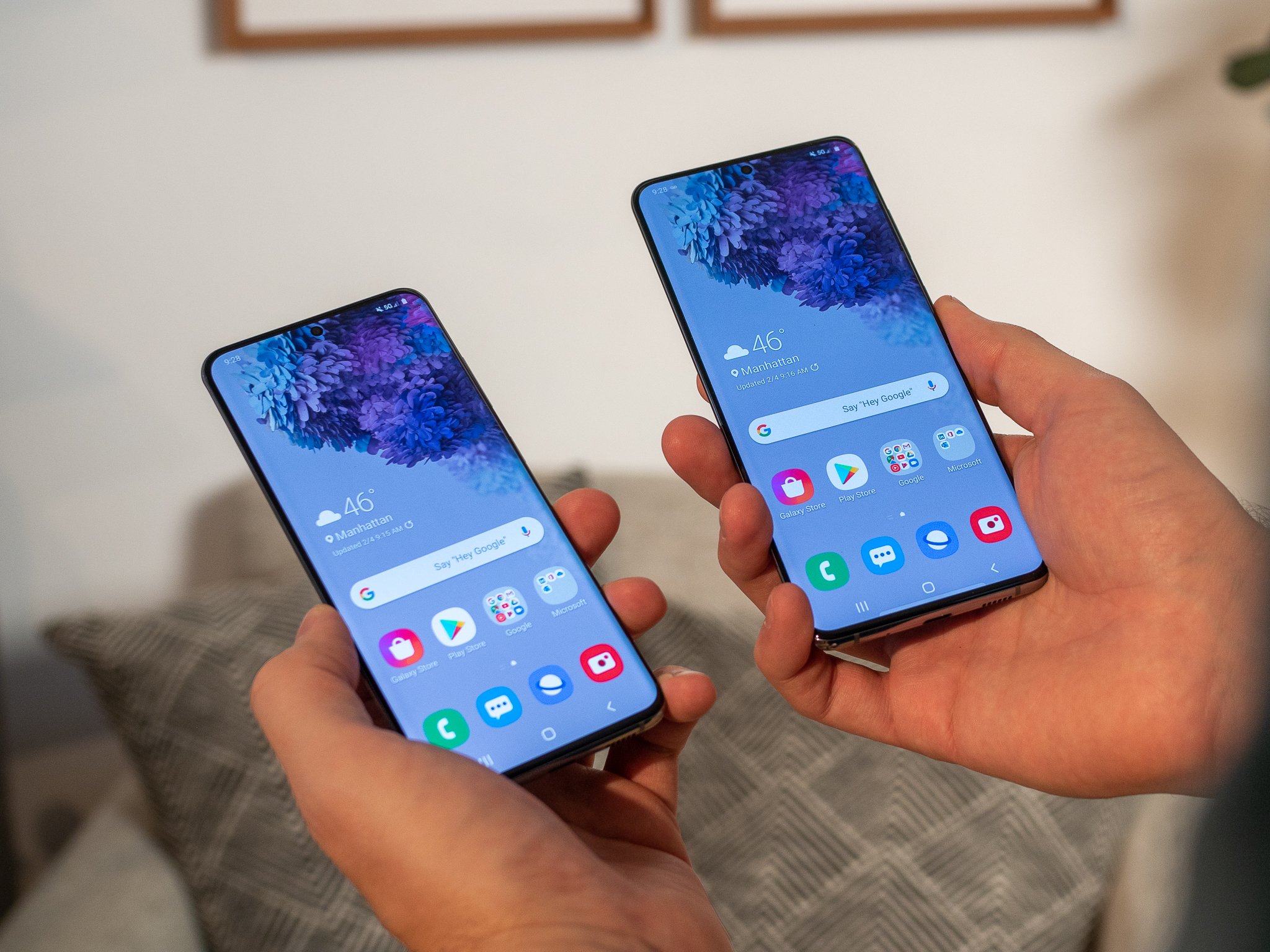
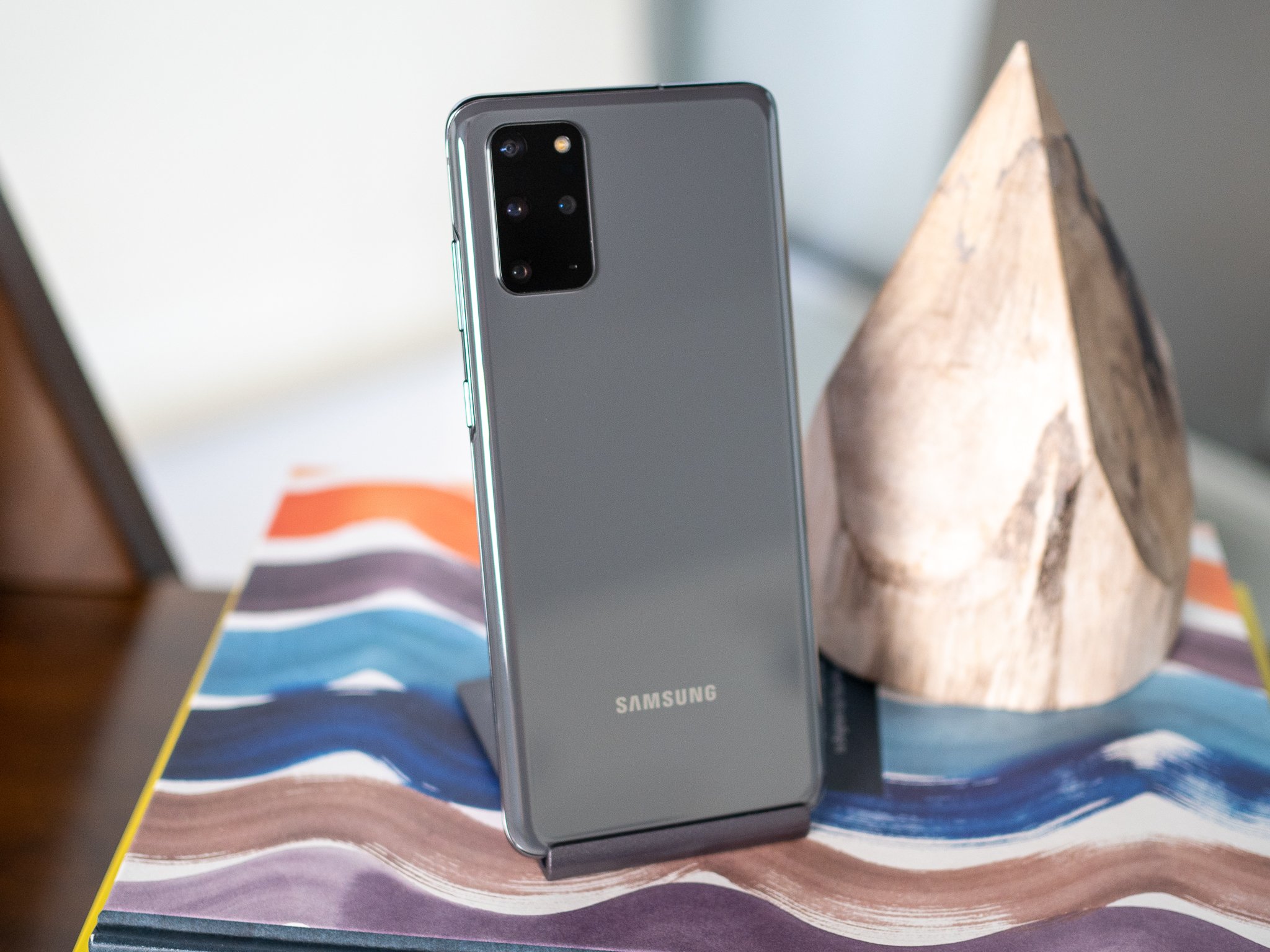
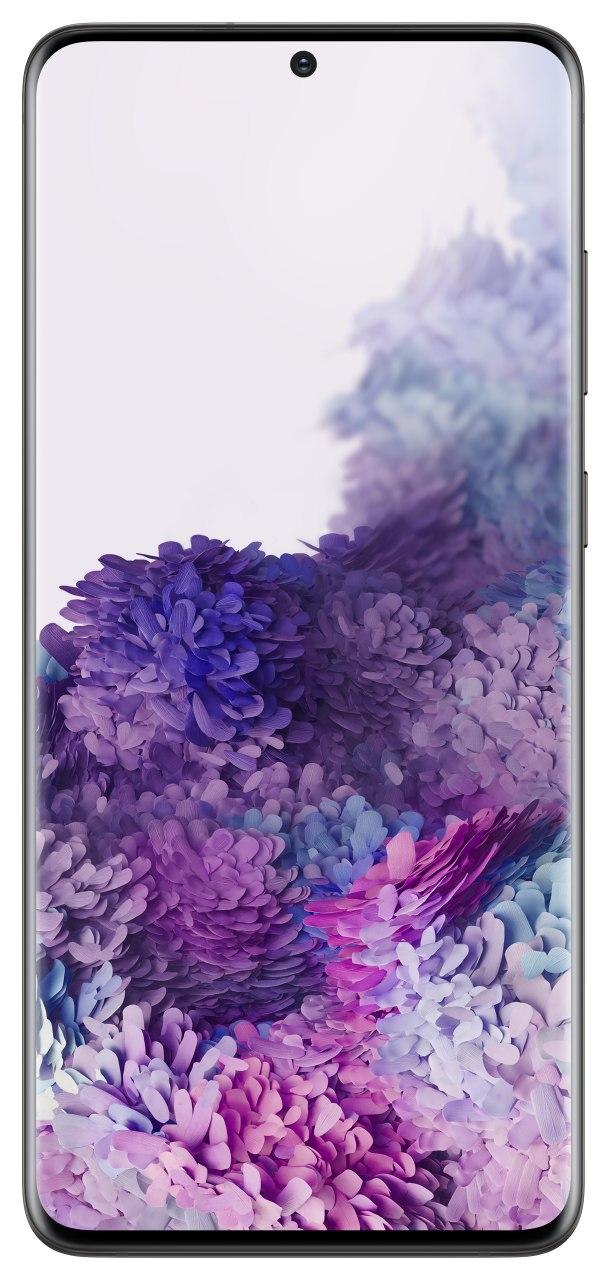

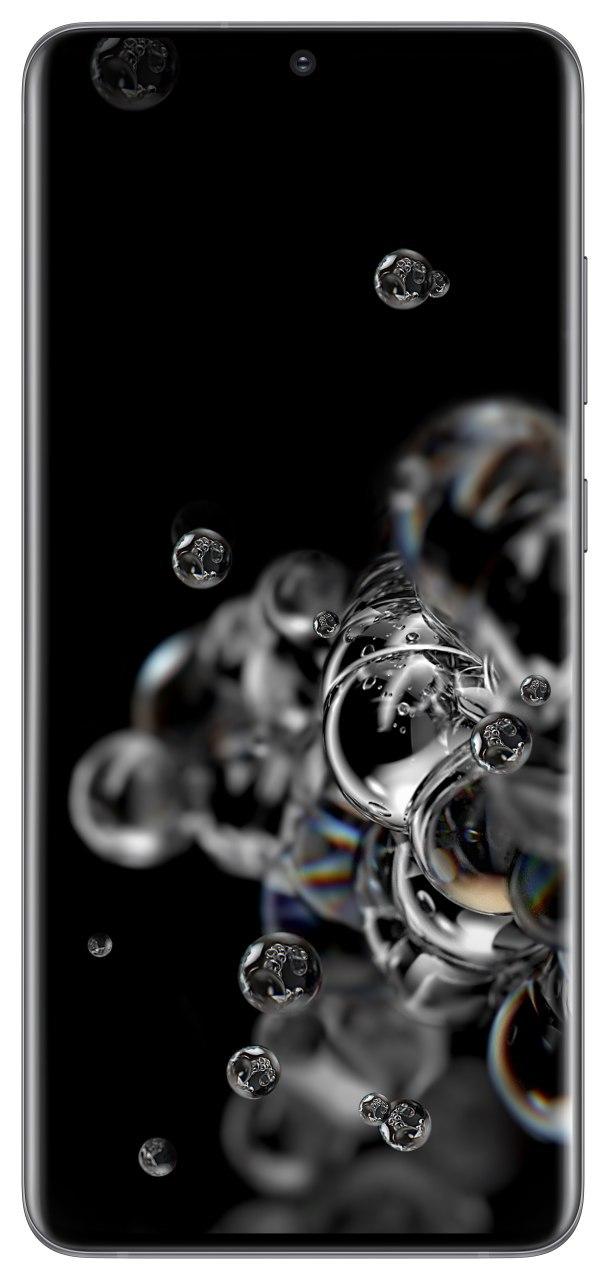

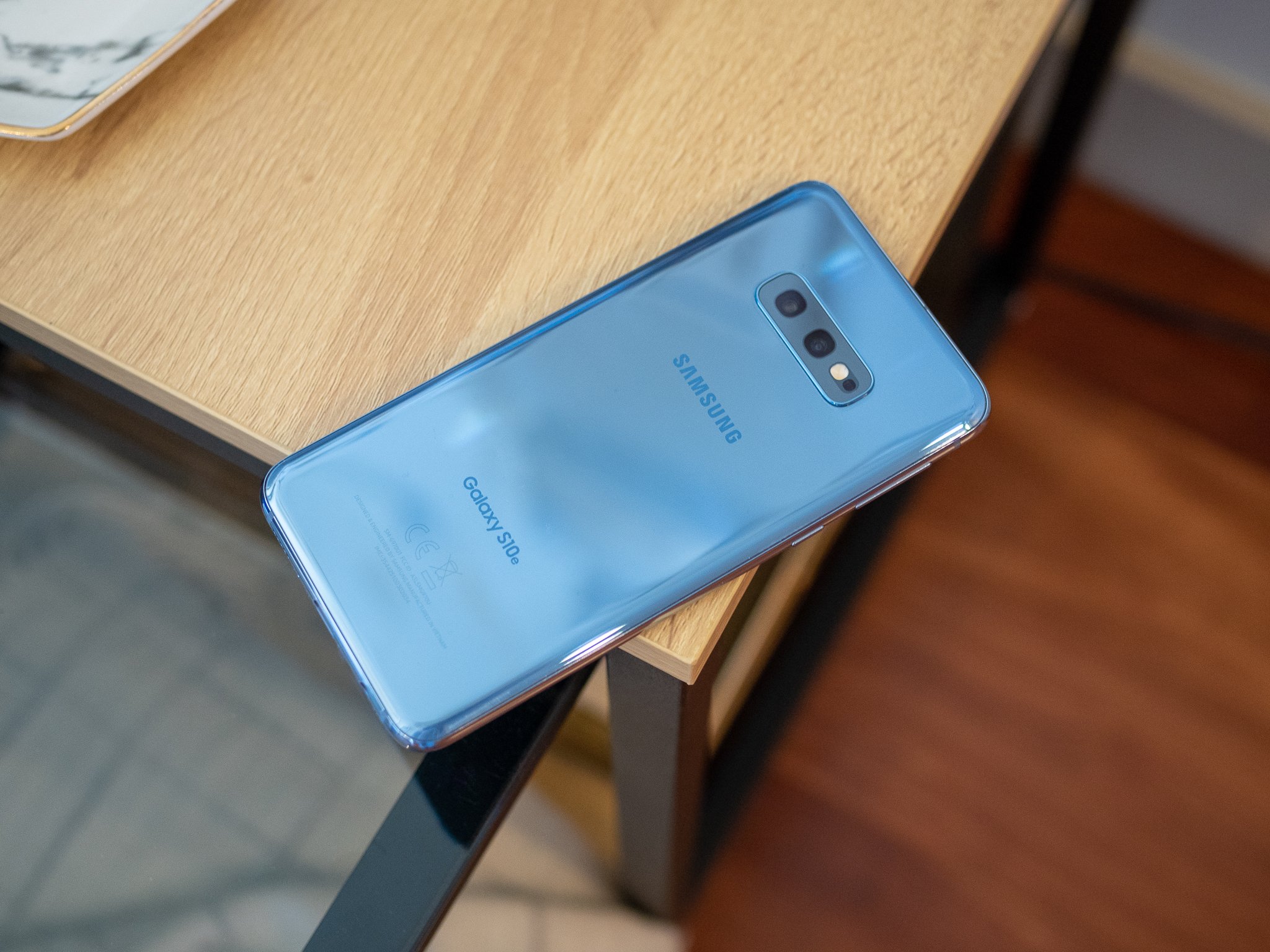

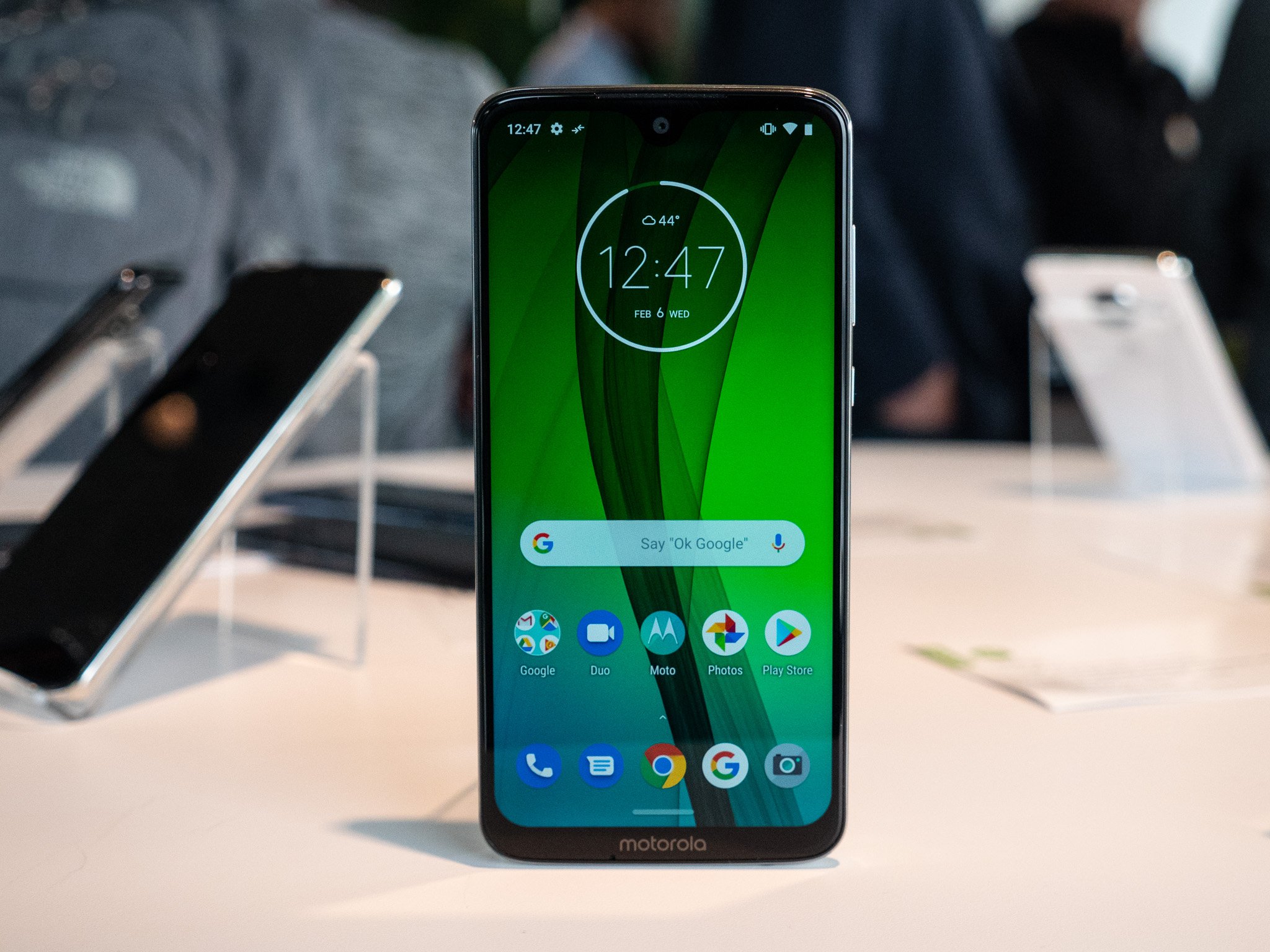
Aucun commentaire:
Enregistrer un commentaire